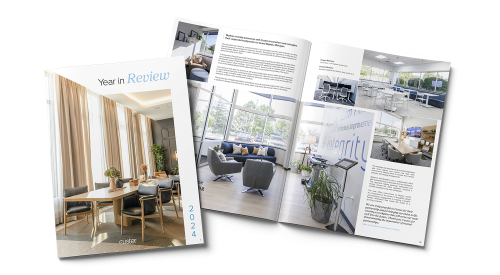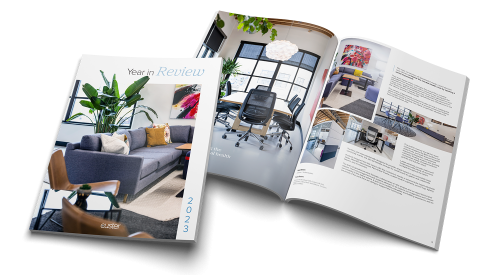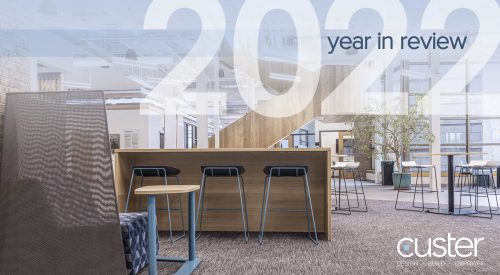- Blog
- 5 Tech Products Creating Connections in Education
5 Tech Products Creating Connections in Education
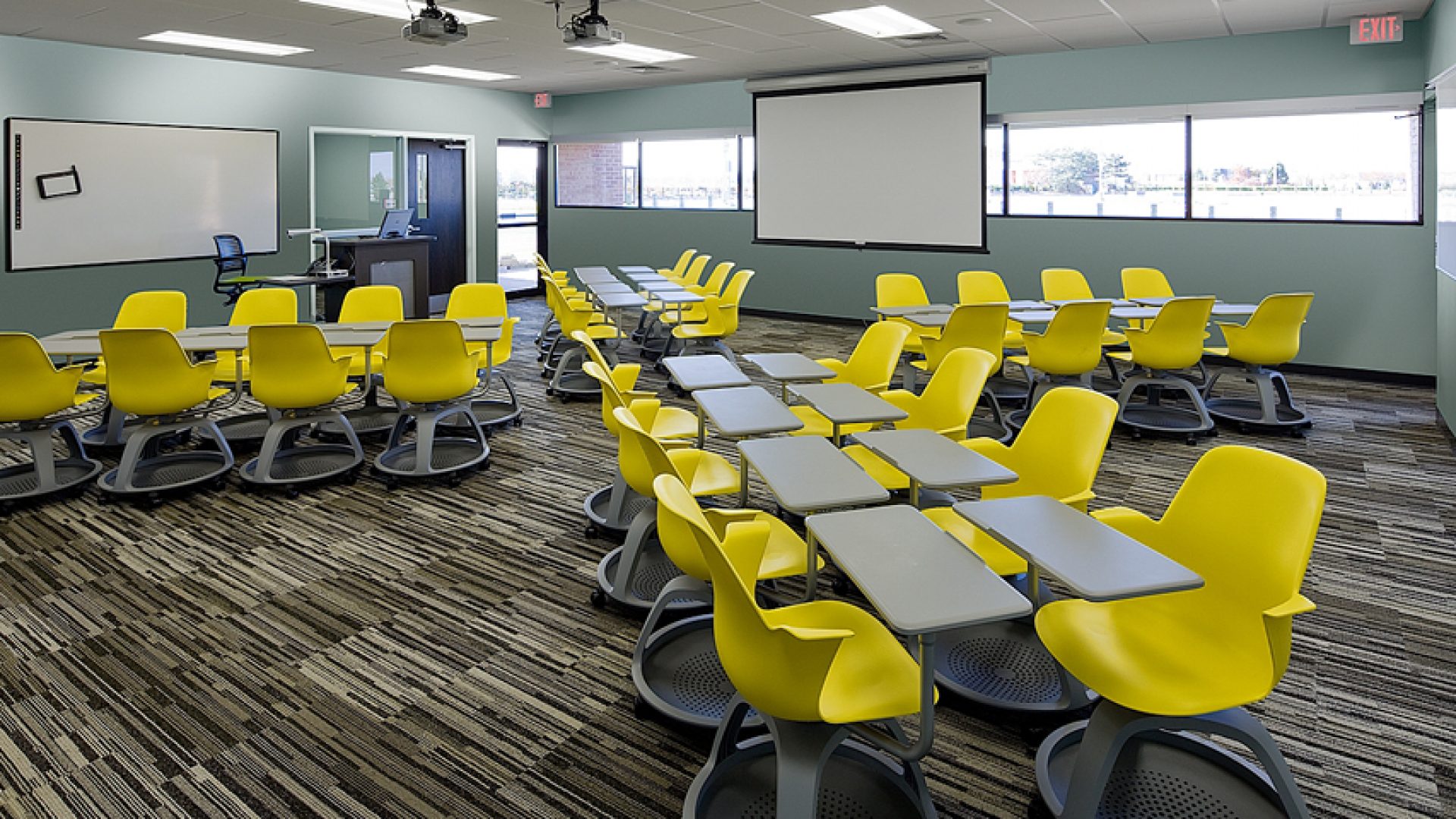
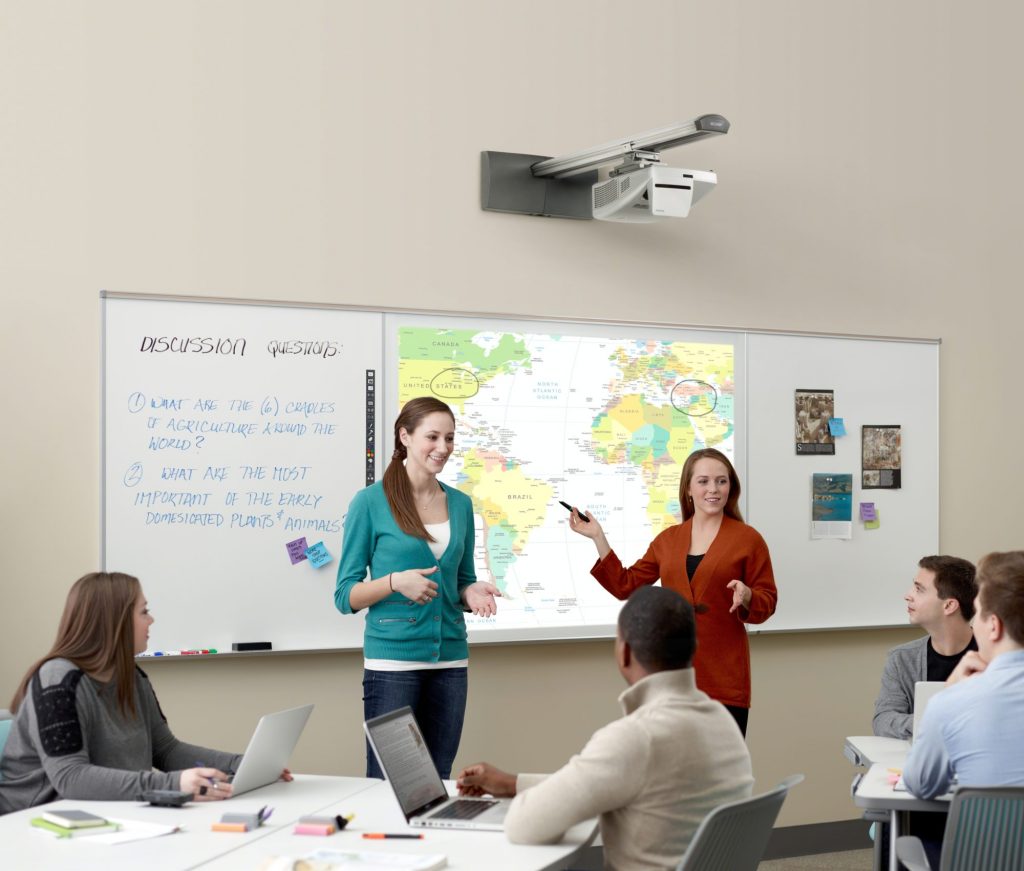 When you were in school, what was the latest technology hitting the classroom? Overhead projectors? Computer labs? Virtual courses? No matter when you were a student, it’s almost a guarantee that today’s education technology looks different. New, interactive and innovative education technology is making it ever easier for teachers and students to connect with the material and with one another. At Custer, our education and technology teams are continually exploring how to implement these products for each of our customers. We spoke with Mike Christe, Custer’s Technology Account Manager, about the education technology products and systems creating a buzz in school and universities.
When you were in school, what was the latest technology hitting the classroom? Overhead projectors? Computer labs? Virtual courses? No matter when you were a student, it’s almost a guarantee that today’s education technology looks different. New, interactive and innovative education technology is making it ever easier for teachers and students to connect with the material and with one another. At Custer, our education and technology teams are continually exploring how to implement these products for each of our customers. We spoke with Mike Christe, Custer’s Technology Account Manager, about the education technology products and systems creating a buzz in school and universities.
Interactive whiteboards
The blended surfaces of these whiteboards make it possible to interact with information in both new and traditional ways. The eno interactive whiteboard can be used as a standard dry-erase surface as well as an interactive display for projecting digital information. Accordingly, the surface can be used with markers or with a Bluetooth-stylus, allowing users to engage with any kind of content. Content can then be saved, shared, or distributed from the whiteboard quickly and easily. On the side of the board, users can swap between digital tools with a single tap.
Interactive whiteboards like eno make it easy for educators to empower student engagement. While digital collaboration has increased significantly for students at every level, it is not a sign that analog collaboration and communication are on the decline. Rather, both digital and analog communication remain vital to healthy classroom engagement, and require tools like the eno interactive whiteboard to support both.
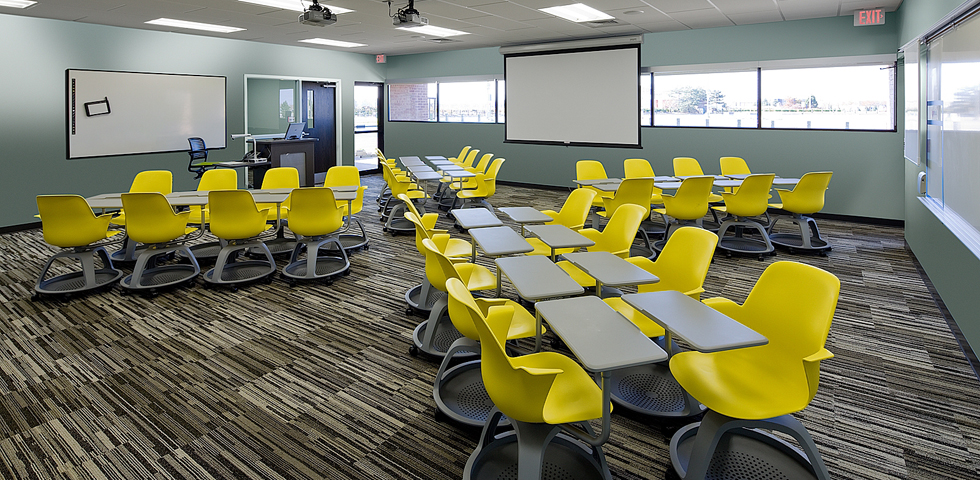 Interactive whiteboards, like these at West Michigan Aviation, encourage student engagement with support for both digital and analog collaboration.
Interactive whiteboards, like these at West Michigan Aviation, encourage student engagement with support for both digital and analog collaboration.
Interactive Projectors
Contrasted with the option above, interactive projectors make it possible to engage with digital information without the use of a dedicated electronic whiteboard. With the Epson Interactive Projector, Any flat surface — from existing dry erase whiteboards to plain walls and tables — can be made into an interactive workspace. What’s more, Epson’s interactive projector can integrate with moderator software, computer applications, and mobile devices to make classroom sharing as easy as possible.
Distance-learning classrooms
Made possible by an integration of technology products, distance-learning classrooms allow multiple participants to communicate and collaborate together with video presence from multiple campus locations. Multiple displays with video-conferencing cameras and integrated microphones and speakers support the video-conferencing experience, all controlled via iPads or Crestron touchpanels. Custer works with several manufacturers to design and engineer custom distance-learning solutions for schools and universities.
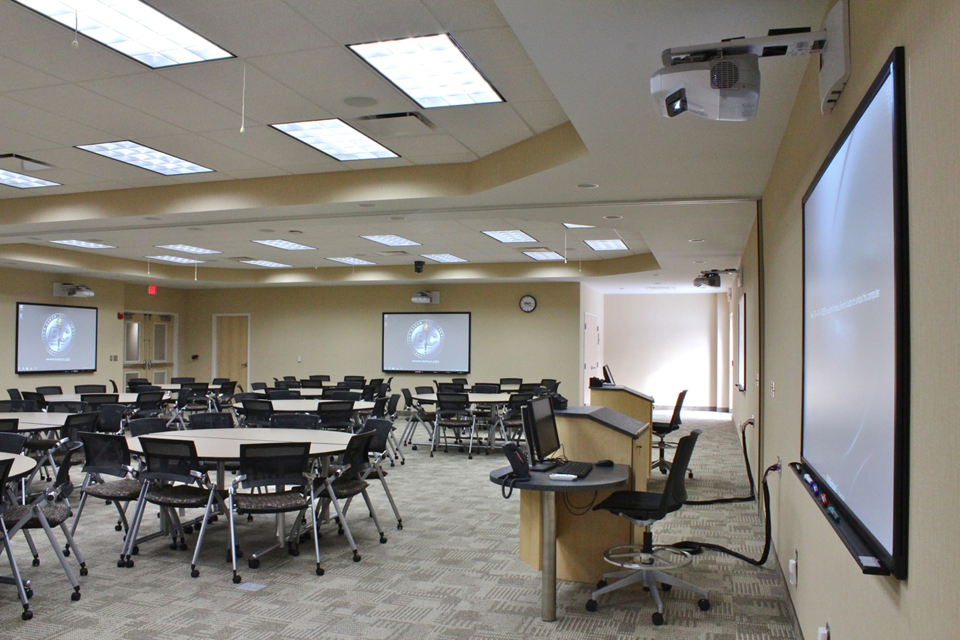 Interactive projectors, like those installed here at Baker College Flint, make it possible to engage with digital information without the use of a dedicated electronic whiteboard.
Interactive projectors, like those installed here at Baker College Flint, make it possible to engage with digital information without the use of a dedicated electronic whiteboard.
Content sharing
With collaboration being an essential part of today’s education climate — and with so much of students’ work being done on mobile devices — having the technology in place to connect all of those devices is essential. Content-sharing products like Brio by Christie encourage collaboration with wireless connections, allowing teachers and students to present content on a display. Teachers can also control which content to display, allowing them to maintain classroom management standards. Content sharing products like Brio by Christie encourage student interaction and, being wireless, make it as easy as possible.
Wayfinding
The first week on campus need not be filled with lost students. With digital wayfinding solutions such as video walls or virtual bulletin boards, essential information can be easily accessible to students and visitors. Content including campus news, classroom locations, and campus maps can all be shared in dynamic and interactive ways, and can be updated easily to reflect the latest news. At the brink of this technology are GPS beacons by which a student could be guided to class or other locations on campus. Using an app on their phones, students would scan the QR code that corresponds to their destination, and a virtual map would appear on their phone screen. Upon beginning navigation, beacons along the travel route would guide the student through the app to their destination. Like other education technology systems, Custer works with several manufacturers to design and engineer custom wayfinding solutions for schools and universities.
Interested in learning more about the education technology products that can help support students, educators, and administrators? We’d love to hear from you! Schedule a visit to Custer or send an email to us here.
